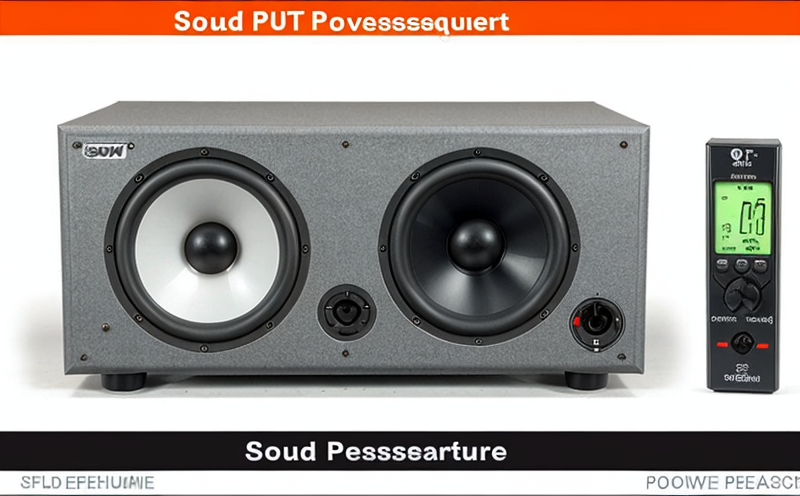ISO 11202 Determination of Emission Sound Pressure Levels (Near Equipment)
The ISO 11202 standard provides a method to determine emission sound pressure levels near equipment, which is essential for understanding the acoustical characteristics of machines and their potential impact on the surrounding environment. This service ensures compliance with international standards, aiding in the design and development of quieter machinery.
Sound power level measurements are typically performed using an anechoic chamber or free-field conditions; however, near-field measurements (ISO 11202) are more practical for evaluating sound sources at distances closer to the source. These measurements help in optimizing machine designs to meet stringent noise control requirements without compromising efficiency.
The process involves placing a microphone close to the equipment and measuring the sound pressure levels emitted by it under specified conditions. This method is particularly useful when dealing with complex machinery where far-field measurement might not accurately represent the true acoustic behavior of the source at closer distances.
Our laboratory adheres strictly to ISO 11202 procedures, ensuring that all measurements are conducted in a controlled environment to minimize external noise interference. The results obtained from these tests provide valuable insights into the design modifications needed to reduce noise emissions, thereby contributing significantly to environmental sustainability and regulatory compliance.
The determination of emission sound pressure levels near equipment is crucial for several sectors including manufacturing, automotive, construction, and consumer electronics. By understanding the acoustic behavior of equipment at close proximity, manufacturers can better predict how it will perform in real-world environments where the source is not far from bystanders or workers.
Furthermore, this service plays a pivotal role in the research and development phases by allowing engineers to fine-tune their designs based on precise data points. It also supports procurement decisions by providing objective criteria for selecting quieter suppliers and products. In essence, ISO 11202 testing helps bridge the gap between theory and application, ensuring that innovative solutions are both technically sound and environmentally responsible.
Our team of experts uses advanced equipment calibrated according to international standards to ensure accurate results every time. We offer comprehensive reporting services tailored to meet client needs, providing detailed insights into the acoustic performance of tested equipment.
International Acceptance and Recognition
- The ISO 11202 standard is widely accepted across Europe (EN ISO 11202), North America, and Asia Pacific regions. Its adoption ensures uniformity in measuring emission sound pressure levels near equipment.
- This international recognition enhances the credibility of test results obtained from our laboratory, making them valuable for global markets.
- Many regulatory bodies worldwide reference or require compliance with ISO 11202 standards when assessing noise pollution and product safety.
Environmental and Sustainability Contributions
The determination of emission sound pressure levels near equipment is a key component in efforts to reduce environmental impact. By minimizing noise emissions, we contribute positively towards quieter urban environments and healthier workplaces. This service supports sustainability goals by promoting the development of eco-friendly technologies that are both efficient and environmentally responsible.
Through our rigorous testing processes and adherence to international standards like ISO 11202, we help businesses meet their green initiatives while ensuring product quality and performance. Our clients benefit from reduced operational costs due to improved energy efficiency and enhanced reputation among consumers who value sustainable practices.
Competitive Advantage and Market Impact
In today’s competitive market, silent machinery offers a significant advantage over noisy alternatives. Consumers increasingly favor products that meet high standards of noise reduction, making ISO 11202-compliant equipment more attractive to potential buyers.
By offering this service, we enable our clients to stay ahead of the curve by ensuring their products comply with stringent noise control requirements. This not only enhances brand image but also opens up new market opportunities in sectors where quiet machinery is paramount.
Moreover, compliance with international standards like ISO 11202 can be a deciding factor for potential partners and investors looking to work with companies that demonstrate commitment to excellence in product development.





